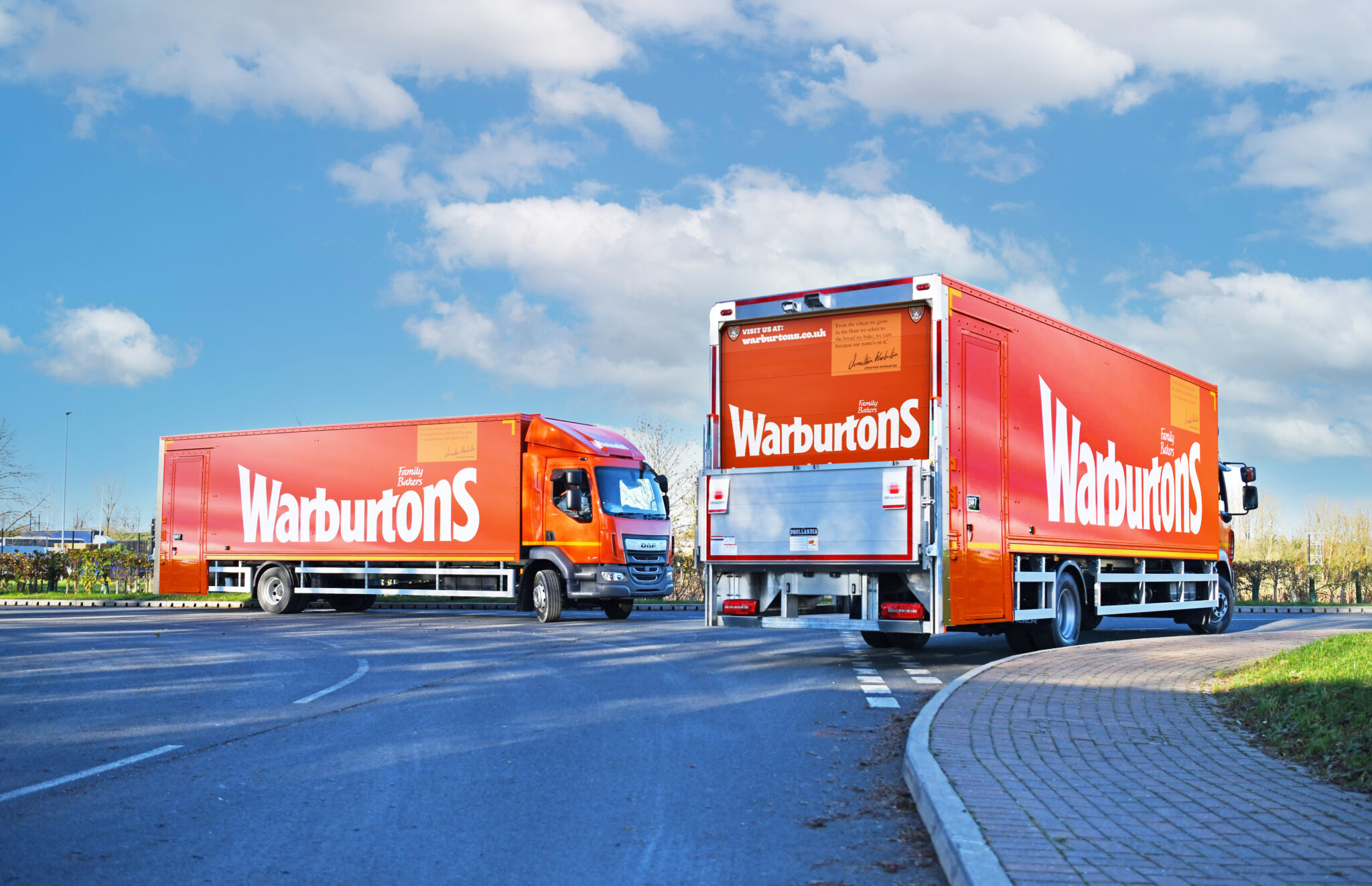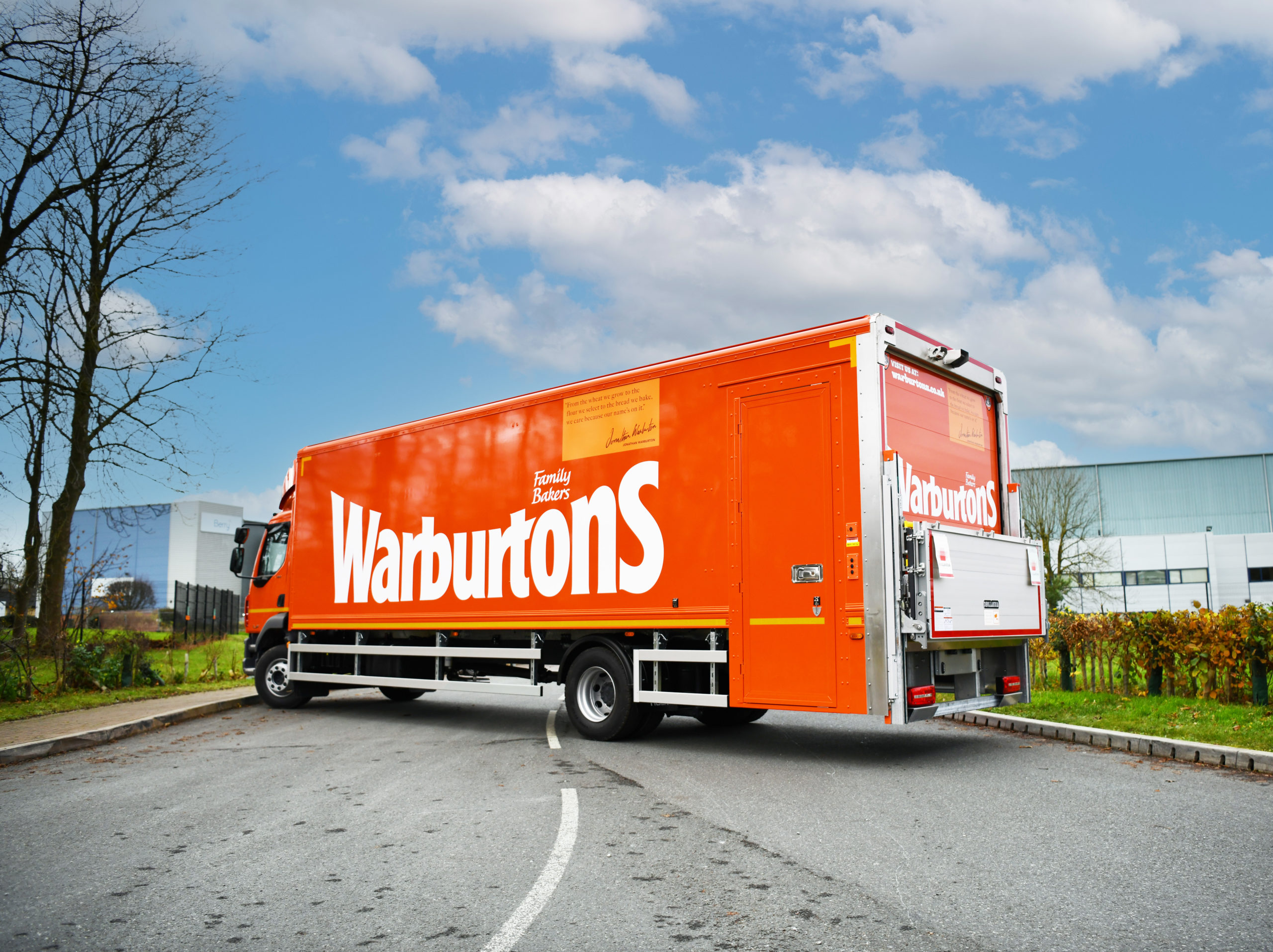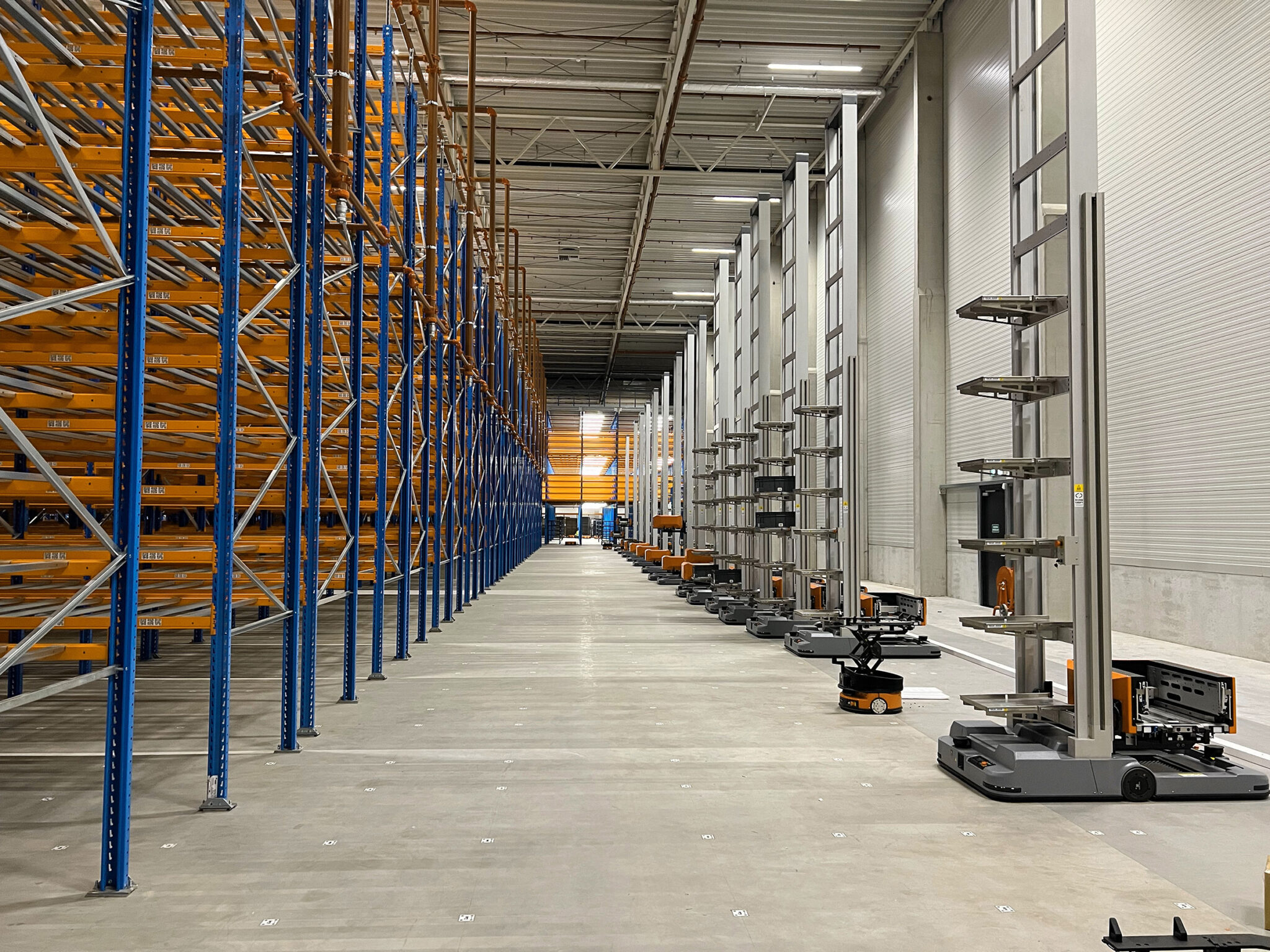Imagine going to a shop and it has run out of roses, chocolates, or luxury dine for two meals – it might mean a romantic plan is spoiled and reverting to a less-than-ideal back-up option. In a few weeks’ time, Valentine’s Day will be upon us again. For retailers, it’s a peak time for gift buying—roses, chocolates, luxury items, and special offers. Total spending in 2023 was expected to reach $25.9 billion, according to NRF data, while in the UK that figure stood at £2.2 billion.
And like previous years, things can go wrong. One risk is around wasted inventory — flowers, cosmetics, food — because these are sensitive to humidity and temperature. For example, the rose supply chain is global with countries like Ecuador, Colombia, Kenya, and the Netherlands growing, harvesting and shipping roses across the world. Timing and temperature are everything – they need to be picked and processed at the right time and transported thousands of miles at the right temperature and environment so they’re fresh, crisp and colorful for shoppers.
Cooling via vacuum and forced air methods, removing infected flowers and avoiding botrytis blight and damage from frost while in storage and transit are some of the concerns that harvesters and logistics managers have to think about when it comes to the cold chain. Exposure to the wrong environment could cause wasted inventory, lost revenue and negative consumer experiences. But how can suppliers, logistics, and warehousing companies make sure their cold chain is the best it can be?
Cold Chain and Environmental Data Visibility
Supply chain managers need accurate, timely, high-level views of their inventory and supply chain with ‘air traffic control’ platforms that connect, analyse and leverage data across the chain. These platforms provide predictive insights and analytics for road, sea, air, rail and last-mile routing and allow transport and logistics teams to build custom solutions with APIs and leverage AI assistants for problem identification and solving. For example, if a delayed arrival of an empty truck is reported, a loading dock manager can turn to their workforce management solution to reallocate labour. They may have four workers they can send to help load or unload another temperature-sensitive shipment to minimize exposure to warmer (or colder) temperatures. In another scenario, the platform may be able to reconcile weather reports with anticipated transit routes to recommend a delayed departure. The shipment may be late, but it’s better to be late than throw away pallets of roses on arrival because they were temperature compromised.
At an operational level, environmental monitoring systems can use sensors in heating, ventilation, air conditioning and other systems to track that air, humidity, light and other conditions in cold storage. They monitor conditions across a space, giving managers visibility into what is happening. Meanwhile, environmental sensing systems monitor temperature, humidity, light and other conditions down to the item level and even after an item has left cold storage. This means sensing systems can travel with inventory like roses, monitoring conditions, location and time as they move and share that information during transit and upon arrival.
Sensors can range from simple chemical-based sensors to passive USB monitoring devices to more advanced Bluetooth-enabled ones. For example, the data captured via temperature sensors, location beacons and radio frequency identification (RFID) at the time the roses were unloaded from a trailer, put in inbound staging, released from staging and taken to cold storage can be aggregated and compared using prescriptive analytics. Should the temperature rise or drop at any point in time, managers can identify the trouble area and time frame to rectify the root issue and prevent a reoccurrence. They can also use the data to determine the potential impact of the temperature change on product quality. Recent advancements in data logger technologies leverage Bluetooth® and near field communication (NFC) connectivity. Cold chain managers can now see what’s happening inside a box or crate without needing to open it, making it convenient to track temperature variations in near-real time.
Data from these wireless-enabled data loggers are typically sent to the cloud. The inventory or quality control manager can then sign into their private portal to view the data for an entire shipment. Modern data loggers come with a security layer that provides secure connections to block unauthorized access, prevent data manipulation and provide encrypted data transmissions to help defend against security breaches.
Conclusion
Every rose has its thorn and right now, costs and delays continue to mount in the Panama Canal, and conflict in the Red Sea shows no sight of ceasing, as far as sea freight is concerned. While the wider industry faces labour challenges and a decline in air freight demand, transport and logistics companies and the retailers they serve are feeling yet more pressures. But recent data suggests warehousing and logistics leaders are heading in the right direction to make their operations a lot more visible, resilient, and secure.
Sixty-seven percent of decision-makers plan to implement temperature monitoring sensors and smart labels, while 91% want to move to cloud-based systems for improved supply chain visibility. Whether an online order or in-store browsing, it’s a disappointment when things aren’t available, especially for special occasions like Valentine’s Day. Sensors and cloud platforms are helping make that a thing of the past.
By Andre Luecht, Global Strategy Lead for Transportation, Logistics and Warehouse, Zebra Technologies.








